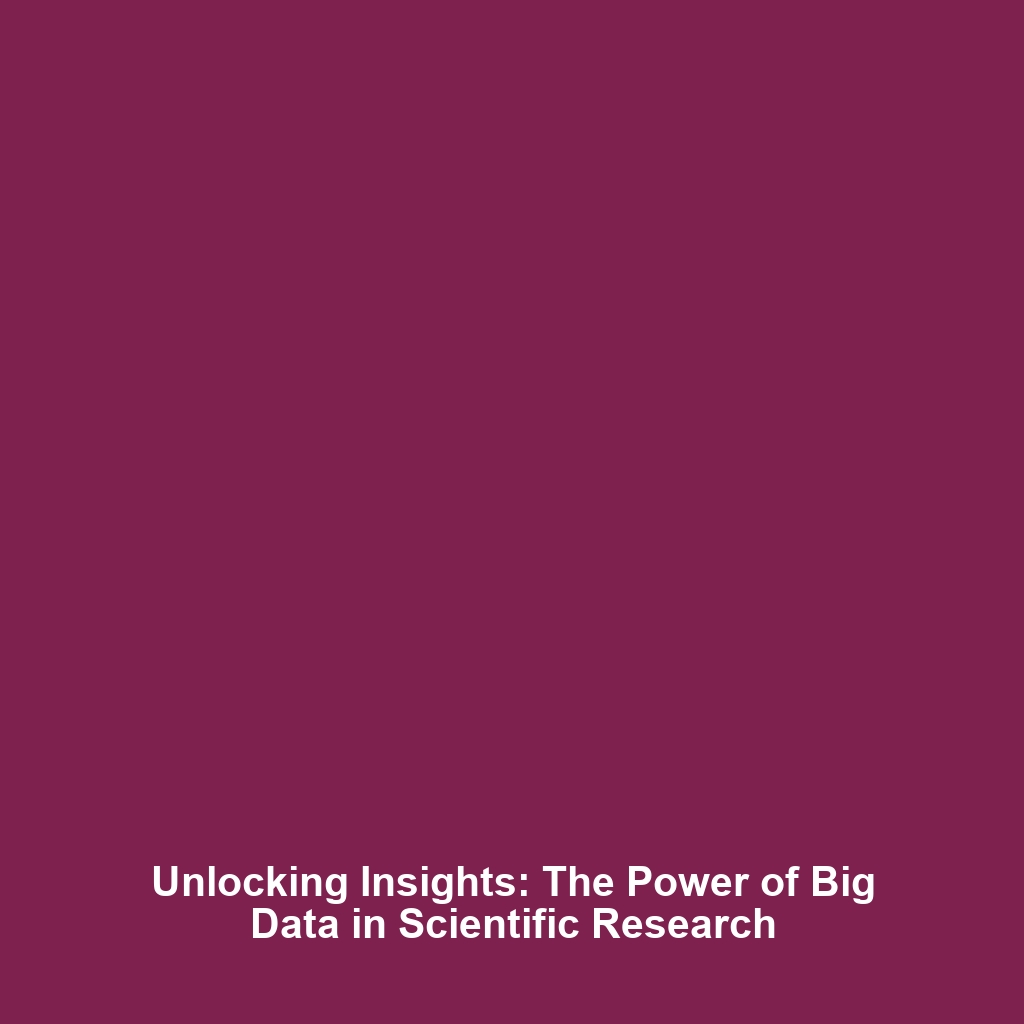Autonomous Flight Systems for Long-Term Data Gathering
Introduction
Autonomous flight systems are revolutionizing the way we gather and analyze data in scientific research. These advanced drones allow for long-term data gathering in areas ranging from environmental monitoring to wildlife tracking. By eliminating the need for constant human intervention, autonomous flight systems are becoming indispensable tools within drones in science. Their ability to collect vast datasets over extended periods enhances research accuracy and provides invaluable insights into our natural world.
Key Concepts
Understanding Autonomous Flight Systems
Autonomous flight systems use advanced algorithms and sensors to navigate and collect data without direct human control. Key principles include:
- Autonomous Navigation: Utilizes GPS and onboard mapping technologies to navigate predefined paths.
- Data Collection Sensors: Equipped with cameras, sonar, and environmental sensors for extensive data gathering.
- Real-Time Analytics: Ability to analyze data on-the-fly, allowing for immediate decision-making and adaptive flight paths.
These concepts enable autonomous flight systems to excel in the realm of drones in science, facilitating research in diverse disciplines.
Applications and Real-World Uses
There are numerous practical applications of autonomous flight systems for long-term data gathering in drones in science, including:
- Environmental Monitoring: Used for tracking vegetation growth, deforestation, and climate change effects.
- Wildlife Conservation: Deploying drones to study animal behaviors and populations without human disturbance.
- Agricultural Research: Monitoring crop health and soil conditions to optimize farming practices.
These applications showcase how autonomous flight systems enhance data reliability and research efficiency in the field of drones in science.
Current Challenges
Despite their advantages, several challenges persist regarding autonomous flight systems for long-term data gathering:
- Battery Life: Limited flight duration impacts the ability to collect data over longer periods.
- Regulatory Issues: Navigating airspace regulations can complicate deployment in certain areas.
- Data Management: The volume of data collected necessitates robust systems for storage and analysis.
Addressing these challenges is crucial for maximizing the effectiveness of autonomous flight systems in the context of drones in science.
Future Research and Innovations
Future innovations in autonomous flight systems signal exciting advancements for drones in science. Key areas of research include:
- Improved Battery Technologies: Development of batteries that can sustain longer flight times.
- AI Integration: Enhanced algorithms for better data analysis and environmental interaction.
- Miniaturization of Sensors: Smaller, more efficient sensors to reduce the weight of drones, improving flight efficiency.
These innovations will likely enhance the capabilities of autonomous systems, expanding their role in scientific endeavors.
Conclusion
In summary, autonomous flight systems for long-term data gathering play a pivotal role in the realm of drones in science. The significant applications, while accompanied by challenges, point towards a future enriched by ongoing research and development. For more information on the latest advancements in drone technology, explore our other articles on related topics and stay informed about the impact of these innovative systems in scientific research.








